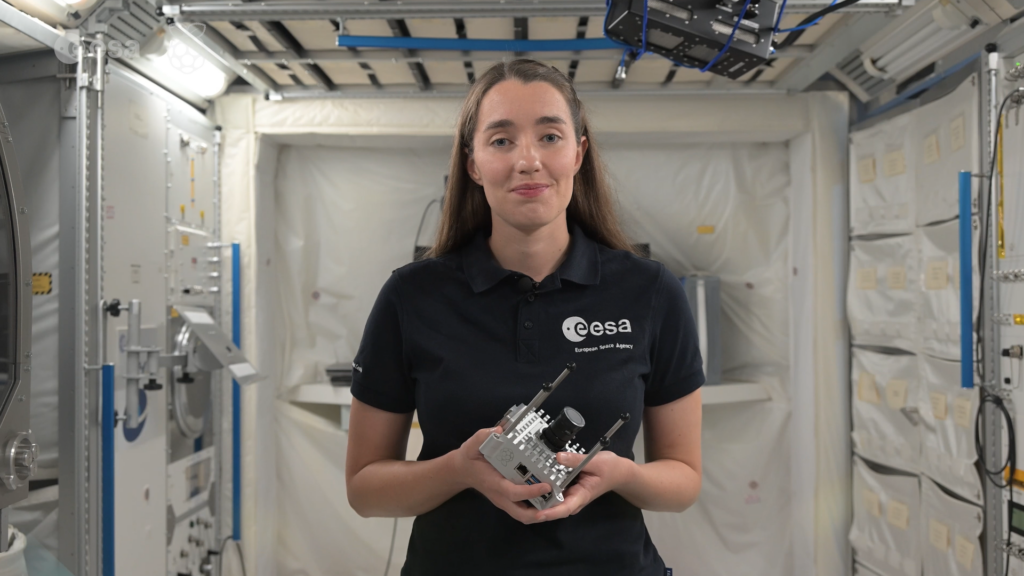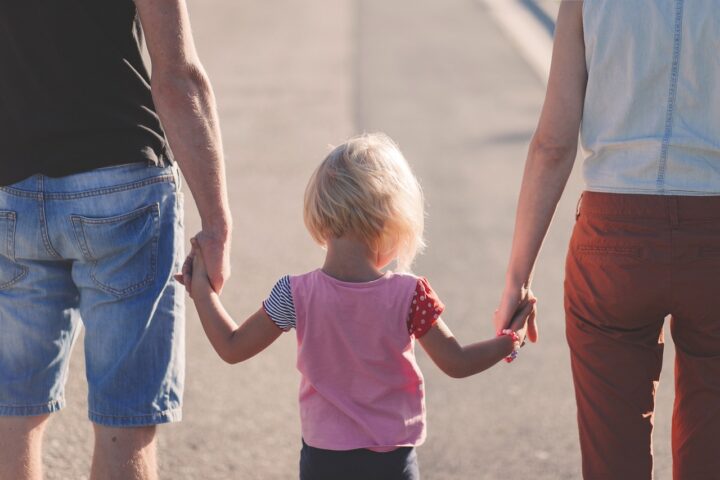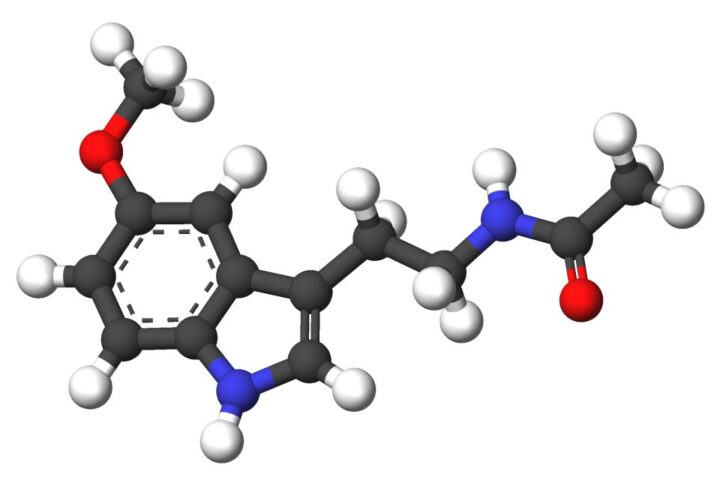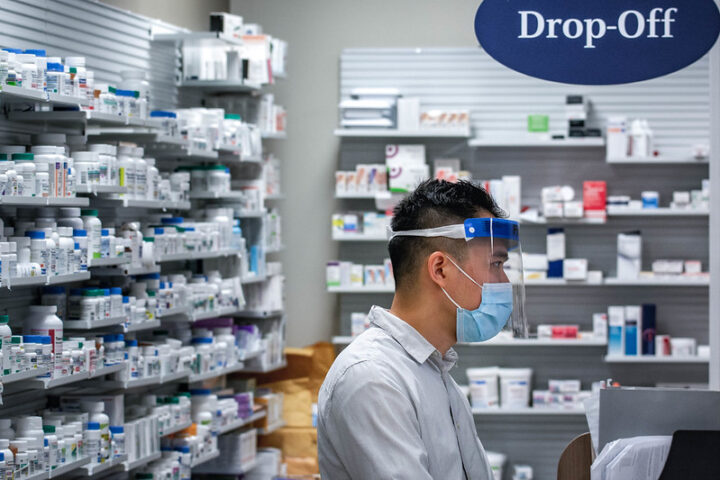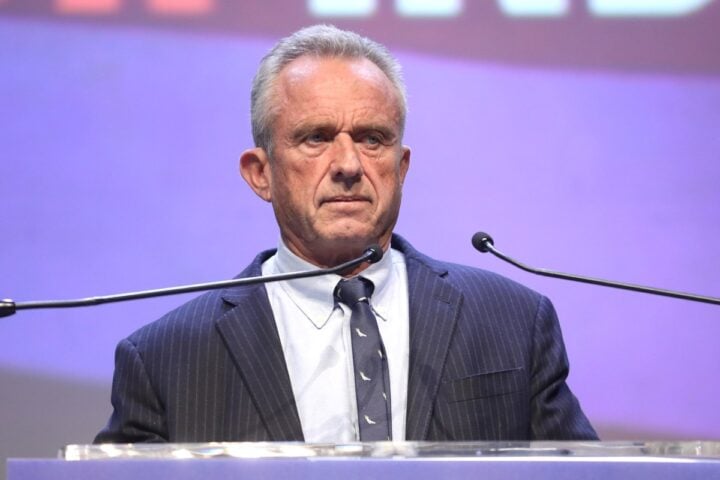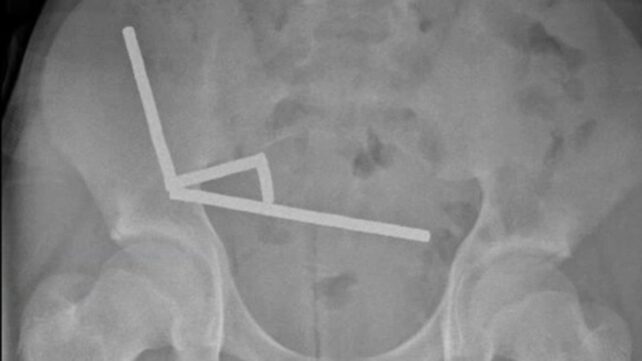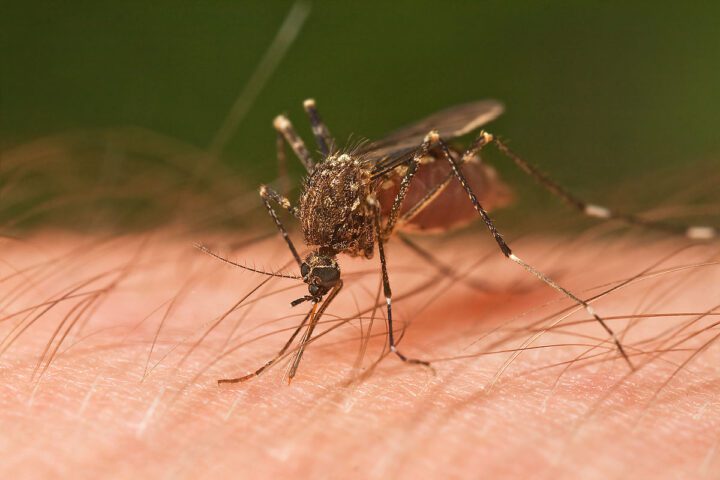When journalist Jamila Rizvi discovered she had a rare brain tumor at 31, her world changed instantly. Across town, writer Rosie Waterland had been battling lifelong trauma and depression. Their parallel journeys—one with physical brain injury, one with mental illness—reveal something doctors have long overlooked: our brains don’t distinguish between “physical” and “mental” suffering the way medicine does.
Their book “Broken Brains” tackles this gap head-on, but what’s behind the stats and science that makes their message so urgent for women everywhere?
The Numbers Don’t Lie: When Brains Break
The stakes couldn’t be higher for brain injury survivors. A Western Australia cohort study found they face mortality rates 21.9 times higher than the general population in the decade after discharge, with the first year being most critical. For those with Traumatic Brain Injury (TBI), the risk of death by accident or intentional self-harm jumps to 13.2 times the norm.
Even more sobering: anyone who’s had a concussion or mild TBI faces twice the suicide risk compared to those who haven’t, according to a systematic review and meta-analysis of 17 studies involving 713,706 diagnosed patients versus 6,236,010 controls.
The Western Australia researchers noted that the first 12 months [after discharge] is the highest risk period, highlighting the need for sustained support beyond initial rehabilitation.
When Doctors Don’t Believe You: The Gender Pain Gap
If you’ve ever felt dismissed by a doctor, you’re not alone—especially if you’re a woman.
Approximately 70% of people living with chronic pain are female, according to Yale School of Medicine data. Yet around 80% of preclinical pain studies rely solely on male animals or subjects, creating a significant research gap that leaves women’s experiences understudied.
A survey of women with chronic pain found that 84% felt doctors treated them differently because of their gender. In one urban emergency department study, women waited a median of 65 minutes for pain medication compared to 49 minutes for men—a 16-minute delay—despite similar triage assessments and pain scores.
This systemic bias leads to delayed diagnoses for conditions like endometriosis, which the World Health Organization estimates affects roughly 10% (approximately 190 million) of reproductive-age women and girls worldwide, similar to the diagnosis inequality seen in ME/CFS.
Healing Broken Brains: What Actually Works
Science isn’t standing still. Low-level laser therapy (photobiomodulation) shows promise for brain injury recovery by stimulating mitochondrial cytochrome c oxidase, enhancing neurogenesis, and reducing neuroinflammation in TBI models and early human trials.
Similar Posts
In a randomized trial with 38 moderate TBI patients, those receiving three 20-minute near-infrared LLLT sessions via helmet within 72 hours showed increased resting-state functional connectivity on fMRI during the acute-to-subacute phase compared to those receiving sham treatment.
Health guidelines now recommend at least three hours daily of targeted therapy to maximize recovery, combining these newer approaches with traditional cognitive and motor rehabilitation, sharing some parallels with hyperbaric oxygen therapy techniques.
Policy Steps Forward: Recognition at Last
Victoria has launched Australia’s first Inquiry into Women’s Pain—part of its $153 million 2022 women’s health package—to address these systemic issues. The Inquiry, which formally commenced January 2024, will report binding recommendations to the Victorian Women’s Health Advisory Council by December 2024, with publication of the final report in early 2025.
The Victorian Women’s Health Services Network has emphasized the need for an intersectional approach: “We must consider how regional location, migration status, and refugee background compound barriers to appropriate care.”
Moving Beyond the Mind-Body Split
The separation of mental and physical healthcare has deep roots in Western medicine, stemming from philosopher René Descartes’ 17th-century concept that mind and body are fundamentally separate entities.
This dualism has created artificial divisions in care that fail patients whose conditions—like Rizvi’s and Waterland’s—cross these boundaries. Modern approaches increasingly favor a bio-psycho-social model that integrates neuroscience advances with lived experience, particularly important for youth mental health access.
For anyone facing brain challenges—whether labeled “physical” or “mental”—research points to practical steps:
- Seek continued post-acute support through community rehabilitation and telehealth follow-ups, especially during that crucial first year.
- Make mental health screening a routine part of brain injury recovery, with suicide prevention integrated into standard care.
- Ask about neuroplasticity-enhancing therapies like low-level laser treatment and cognitive-motor training programs with clinical trial backing.
- If you’re a woman experiencing pain or neurological symptoms, bring an advocate to appointments and document your symptoms meticulously.
- Support policy reforms that mandate gender-balanced medical research and physician training on bias recognition.

The divide between “mental” and “physical” health is collapsing as science confirms what Rizvi and Waterland discovered through experience: our brains—broken or healing—don’t recognize the distinction. The path forward requires integrating lived wisdom with clinical expertise and scientific innovation, creating healthcare that sees the whole person rather than isolated symptoms.
As we bridge this gap, we ensure that all “broken brains” receive not just treatment but understanding, regardless of whether their wounds are visible on a scan or hidden in the mind’s complex landscape.


